Science Fiction Technologies: Sublight Engines and Systems (Star Trek)
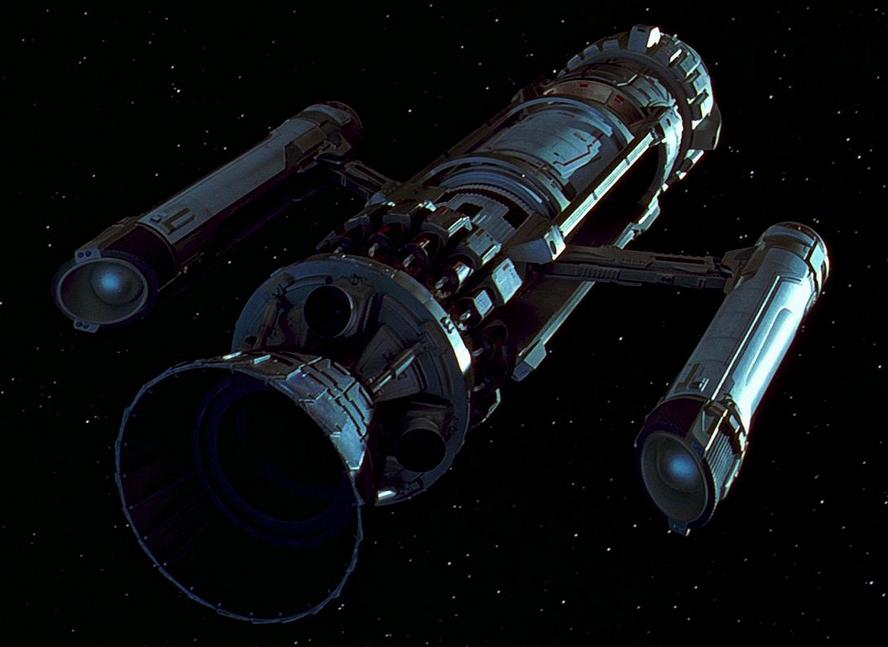
The last time we examined the warp , albeit not very deeply, this time we will consider the main sublight engines, they are also pulse ones.
Everyone who is interested in science fiction, I invite a tackle.
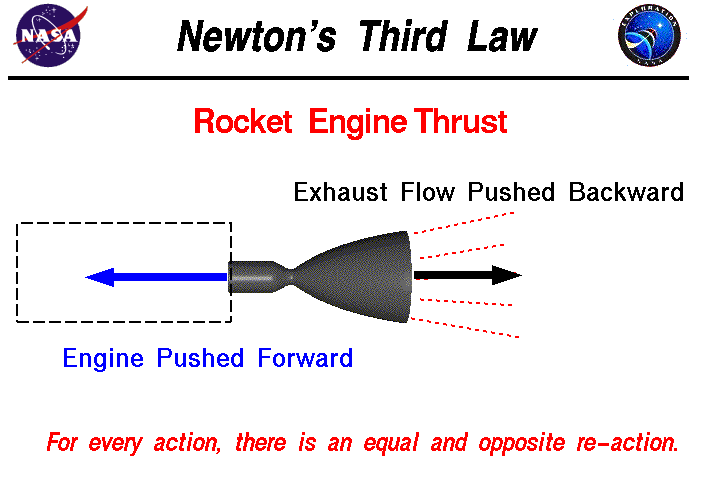
In the series there are many types of sublight engines, the main ones are jet, atomic, ionic, ion-plasma and sailboat.
Examples of ship designs and engine placement on them

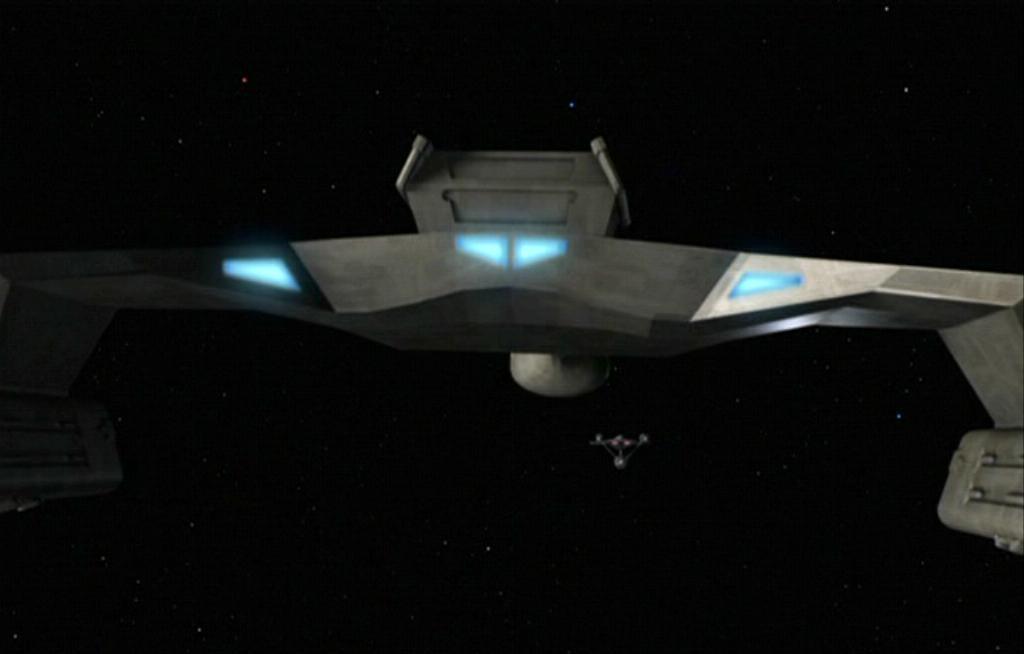











The Federation uses all types except sailboats, which are found mainly among the Bajorans.
It just so happened that the Track covered not only social and national events through its futuristic prism, but also trends in various technological ideas and breakthroughs. Jet engines acted as spare and emergency until the 2300s, but they were still present on the ships and subsequently, as a backup system for acceleration and braking. Also reactive are all shunting engines.
Jet engines in the track are made in the style of futurism, alloys are added that do not exist in the range of materials known to us, rocket fuel is also often made using new types of materials in the composition, except for the “First Contact”, where the rocket was launched using approximately modern fuel, the exact composition of which not specified, but it clearly does not go beyond achievements until 2060.
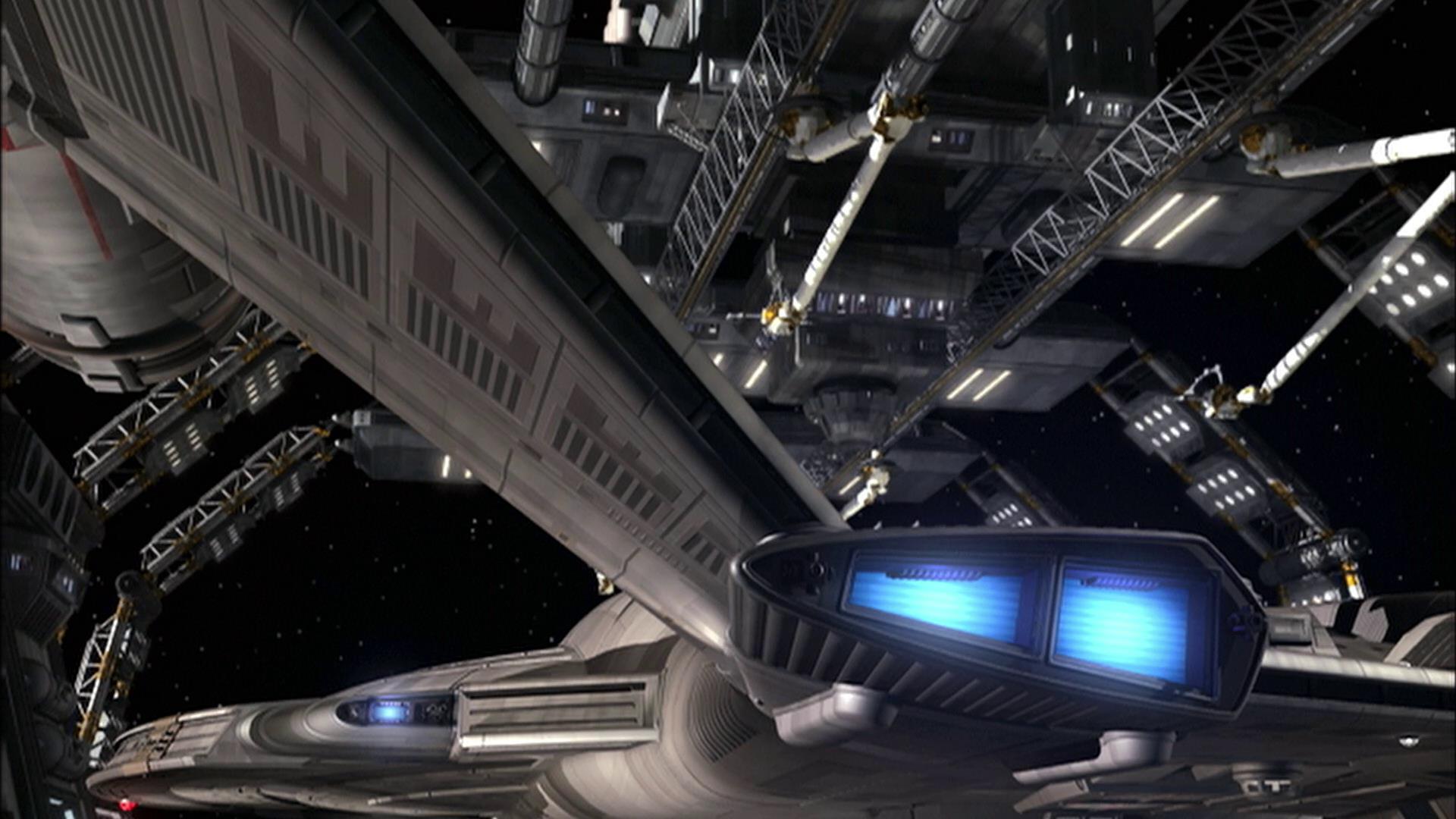
Ion and ion-plasma engines, in principle, today have not only analogues in technology, but also real models of devices equipped with them.
Akin to them and atomic, since both the power of ionic and the power of atomic engines does not allow to obtain a sufficiently fast and powerful acceleration.
Ask why does the federation use atomic and ionic engines as the main and most powerful engines of ships?
Here lies the cunning of Roddenberry and his colleagues - all these engines are low-power, but their small acceleration is compensated by the mass change generator, which is the main part of these engines.

Yes, it’s fantastic, yes, it’s not real, but we consider these technologies from the point of view of the track, so we will study the advantages and disadvantages:
Benefits:
Engines equipped with mass control coils are two devices at once - the engine itself and the system of artificial gravity and inertia suppression.
One type of device controls the entire standard system of gravity and inertia (except for some particularly important compartments). The
engine reactor runs on dithium (an exotic material made of lithium with a special crystalline lattice, very unstable under certain conditions)
the reactor itself feeds part of the ship's support systems, which in parallel makes a more powerful warp core
Disadvantages:
the power costs of such engines depend on the power of the coils (about 90% of the energy is supplied to them) the
risk of radiation when the engines are in the engine compartment, because of which personnel are forced to wear protective suits with
low acceleration, the danger of overheating of the reactor
requires expensive dilithium crystals or other unstable materials, up to uranium and plutonium, it is
directly connected to the computer and the sensor array both inside the ship and outside, which is required for accurate and uninterrupted control of gravity and inertia on the ship
Since, in principle, everything Since these engines are already more than covered by the computing power and technological development of the federation, federated engines are almost always atomic.
Another thing is ionic.
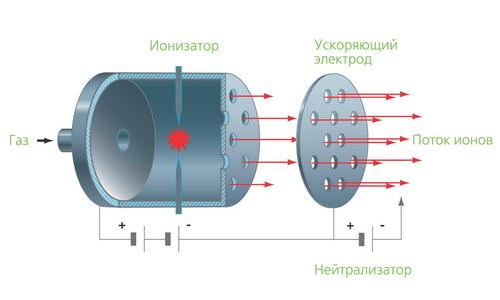
Ionic are used by many other races that do not have or have not achieved a sufficient breakthrough in technology and resources, like people, which changes the design of the engine in only one way - reactive force. A federation can afford atomic engines, but ionic engines have great money and resource efficiency , since they do not require dilithium crystals and can operate on simple hydrogen or other gas suitable for ionic engines.
Ionic are also low-power and use a gravitational generator, coupled with computing power for their operation. In principle, the engine itself has long been known both in design and in many parameters, and there are even plans for its use, but the main reason why we still have not switched from reactive to atomic or plasma is their low specific impulse, because of which it is impossible to use it to lift the ship from the ground with the speed necessary to achieve even the minimum orbit. Here is an example of such plans for using a specifically plasma (same ion) engine .
Most often, the design of the Federation’s ships has the ability to place engines on the “neck” of the ship, as this is usually the fulcrum and center of mass of the ship. The same “neck” is made of a thicker layer of frame materials and with thickened skin, as this is the weakest part of the ship (except for warp gondolas).
Previously, (until about the 22nd century), ships were built with the classic placement of engines behind the ship (example: Akira and NX-01 class), but then the design of the ship, like the gondolas (due to the power of the warp field and other factors) has changed. The living compartment (plate) and gondolas were placed away from the engineering compartment.
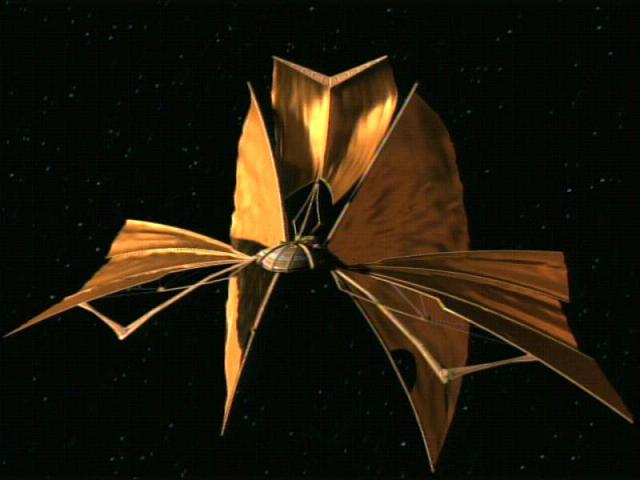
Ships of other races are often a reflection of what is becoming fashionable to discuss in astronautics, at the time of writing the script, for example, Bajortsev ships equipped with either nuclear engines or solar sails have become a reflection of the interests of that time in the interesting concept of sailing ships that are already tested .
The concepts of all engines in the RF are directly related to real engines, and also indicate significant disadvantages and advantages of one or another of their types. The only sci-fi factor in them is the mass change generator, which we may never create.
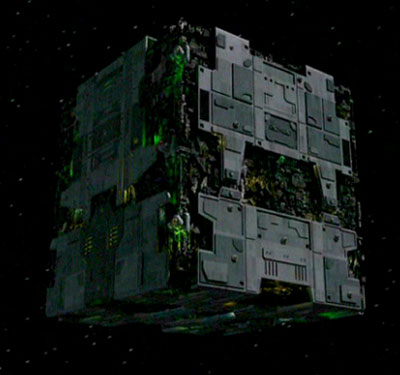
I would also like to note that for some ships, for example Borg, the engines are not visible and are located inside the hull. There are different concepts of their engines, but in principle their engines are based on the creation of radiation of a type that can pass through matter or passes through certain channels of a ship and is ejected from any point on any face of their cubes, spheres and other ships. The same applies to other ships with hidden engines.
Bonus



